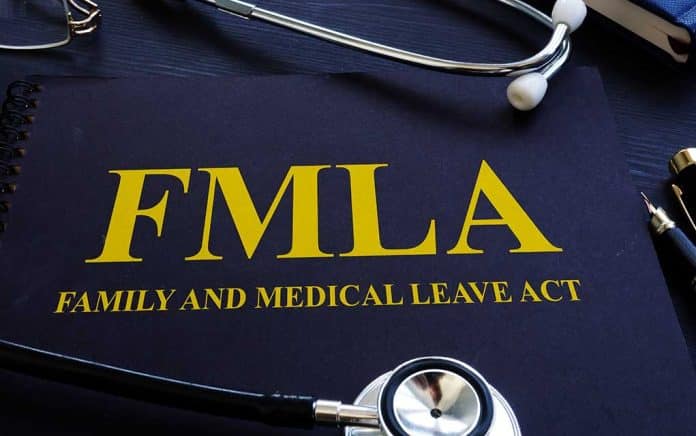
The FMLA or Family Medical Leave Act of 1993 is a law that allows employees to have protected time off from work to care for a loved one or themselves. If there is someone in the family that needs care, the parent, spouse or child can take up to 12 weeks per year off work without risking losing their job. However, there are some things you need to know before you make the decision to take advantage of this program.
Gaining Eligibility
FMLA has specific criteria that have to be met to qualify. To be eligible, the employee must have worked for at least 12 months with the same employer and put in at least 24 working hours on average per week. The person requesting the leave has to have at least 1,250 hours during the past year to be eligible.
To get FMLA, employees must work for a company with no less than 50 employees. This is because smaller companies may not be able to handle the loss of productivity. An exception here would be schools or government agencies.
The care recipient or person the employee will be caring for can be a:
- Spouse
- Parent
- Child
Or it can be another immediate family member as outlined through FMLA. The individual has to have a serious health issue and the employee must show cause they will be caring for that individual. In addition, employees can also use the 12-week FMLA time frame to take time off of work to recover from their own major health condition.
Another common use for FMLA is for parents after the natural birth, adoption or intake of a foster child into the home. Mothers and fathers can use this 12-week period to care for and bond with a new child at any time within the first year.
Alerting the Employer
As a rule of thumb, alerting the employer at least 30 days in advance is recommended. This gives them plenty of time to complete FMLA paperwork and find a temporary employee if needed. Certain circumstances and emergencies trump that rule, especially with a sudden illness. The employer can require the worker to use up paid leave or vacation time prior to utilizing FMLA, but it won’t impact the FMLA 12-week time frame.
In addition, medical documentation is required for final approval and to grant the application. Part of the application requests medical certification of the probable time frame needed for leave. This helps the employer plan a return date accordingly.
Continuation of Health Insurance Benefits
The employer doesn’t have to keep the employee on active payroll while they’re using FMLA time, meaning they won’t get a regular paycheck unless it’s paid time off (PTO) or short-term disability. One requisite under the provision is that the employee can keep their health insurance benefits while away from work. Employers may require you to pay for this yourself though. This allows you to get continuous medical care without a lapse in coverage.
Military Related Care
The main benefit of FMLA is protection from job loss while taking time off to care for a sick family member. As long as the employee returns to work within the 12 weeks or sooner, they are not at risk of losing their position. An exception is if the employee is caring for a spouse or family member who was injured in the military or remains on active duty. All military-related care pushes the time frame limit to 26 weeks.
Being there for a loved one without the worry of losing your job is a blessing for all families who work. If you find that this program is right for you, the first step is filling out an FMLA application and speaking with your employer. Then the journey to healing and recovery starts.
~Here’s to Your Financial Health!
Copyright 2020, FinancialHealth.net




















